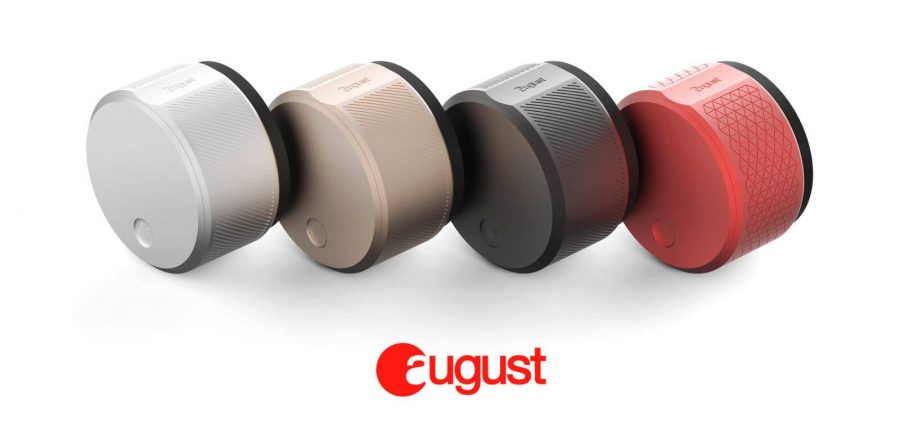On Wednesday, Amazon announced the rollout of a new Door Lock API for the Alexa Skills Kit. The tool will help select intelligent home assistants and connected devices lock doors in partnership with Yale, Schlage, Kwikset, Z-Wave, August, and Vivint.
This new feature comes as the latest addition to the catalog of Alexa Skills. The kit counts with over 10,000 functions for IoT devices powered by the artificial intelligence of Amazon’s voice assistant.
Alexa still has a long way to go to become a perfect platform, but its machine learning power has turned it into the world’s best of its kind in a very short time. The system is present everywhere from cars to refrigerators and now even door locks.


How to lock a door using Amazon Alexa
Door lock makers working with Amazon to bring enhanced functionalities via connected devices will work only with Wink and Samsung’s SmartThings platforms.
These two systems are focused on the Internet of Things, and they allow compatible locks from several companies to communicate with Alexa to secure deadbolts and keep doors closed.
Kwikset SmartCode models of the 910, 912, 914, and 916 series will execute orders by the voice assistant. Yale’s Real Living lineup, Schlage’s Connect Touchscreen Deadbolt, and several products from August and Vivant will also support Alexa.
The Door Lock API will allow users to perform two primary functions using only voice commands: locking the door and asking if it is locked. Just saying “Alexa, close the front door,” or “Alexa, is the front door locked?” should suffice.
There are security limitations with Alexa door locks
Needless to say, there are some dilemmas concerning home security when it comes to these systems. Apple itself had an accident in the early days of Siri and Home Kit in which someone accidentally unlocked his neighbor’s front door using a voice command.
Now, most smart lock makers and developers refrain from implementing this feature without some two-step verification to ensure that owners are the ones opening doors.
Most companies want to make this technology a part of their Alexa-integrated platforms, but they would require more than a smart home hub and a lock to work. The third device, such as any smartphone or tablet would be needed to confirm the user’s identity and allow deadbolt disengagement.
As the industry works on a less cumbersome solution, Alexa is making its way into every corner of our homes. The voice assistant is not only the machine behind Amazon’s Echo, but also the mastermind that controls thermostats, air conditionings, TVs, fans, lights, stereos, washing machines, and more.
Source: VentureBeat

